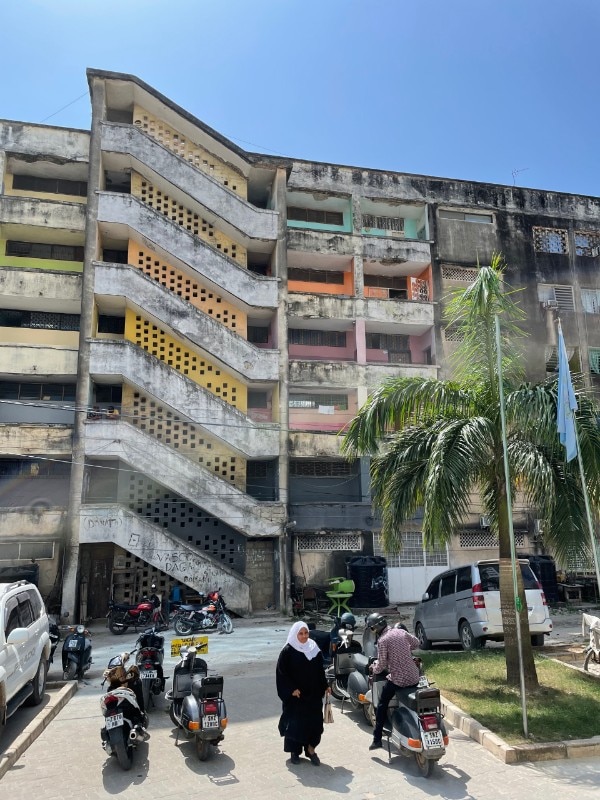Standing at the intersection of the great divider that is Creek Road, in the scorching heat under the beating rays of the sun, once a stream, today covered by asphalt, noisy buses drive by at high speed, leaving a trail of dust on this loaded boulevard. It isn’t just the illusion of the heat which makes the change of light seem eternal. If only it could turn green, one could cross over and take refuge under the canopy of almond tree across the street…Otherwise one simply needs the courage to cross—to trust that the motorbikes, the cars, the buses will have mercy—and let one reach the few patches of shade that sporadically punctuate the streets.
If one makes it across Creek Road, one enters the winding streets, narrow alleys drawn below beautiful balconies that hang above the tree line itself interspersed by crossing wires that connect the city to power and light. The unique cityscape of Stone Town is the composition of an outstanding material manifestation of cultural fusion: the city was for many centuries an intense seaborne trading activity between Asia and Africa, and this is illustrated in an exceptional manner by the architecture and urban structure.
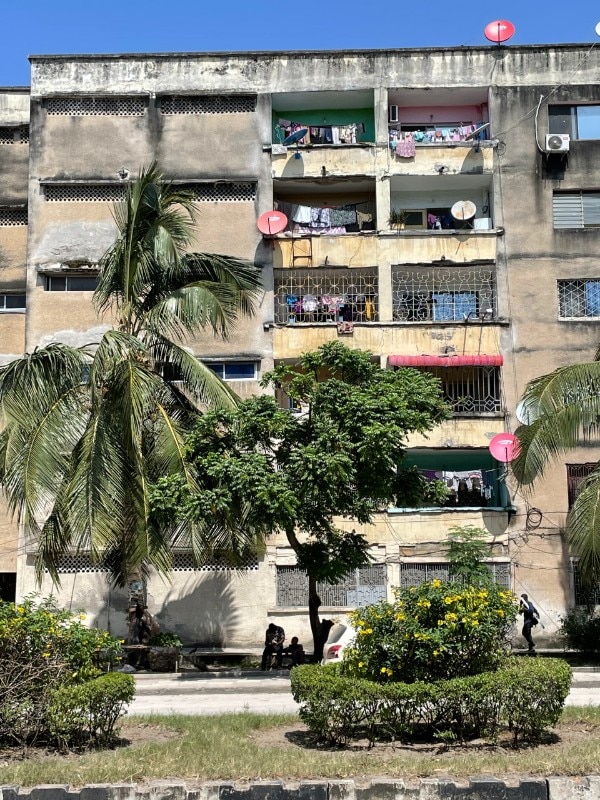
Zanzibar is a microcosm of the twentieth century. It is at once a history of architecture and at the same time, an architectural preservation history in the making. On the western side of Zanzibar (city) is the World Heritage city of Stone Town, on the eastern side is Ng’ambo, “The Other Side” historical home to the indigenous Swahili population. Today, the two areas remain divided by this large boulevard, a straight line clearly demarcating the two. “Creek Road” is an obstacle. While a historically a segregation line imposed during the British rule, today it remains theoretically possible to cross from one side to the other. Both the harsh urban configuration and the historical preservation choices—the psyche the latter has imposed on the reading of the city—serve to maintain the two sides apart.
Zanzibar Stone Town can be read as a palimpsest of the multiple layers of culture brought in by different social groups over the centuries, Stone Town evolved into a cradle for the blending of indigenous Swahili culture with influences from Arab, Persian, and Indian traders.
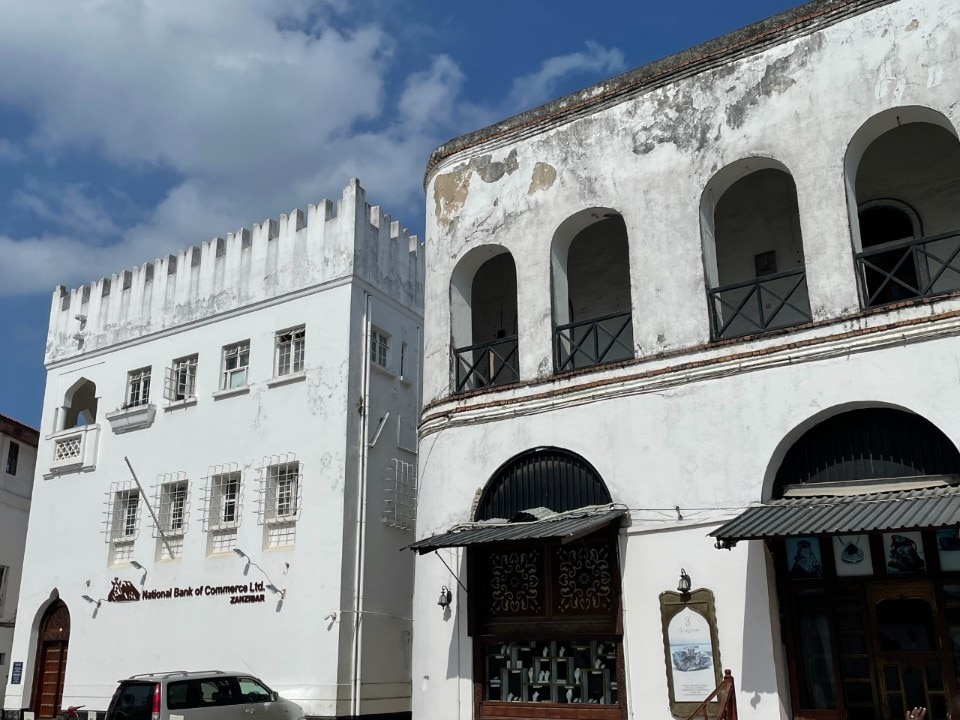
Until now. Architect Aziza Chaouni, Associate Professor at the University of Toronto has gathered a team of experts—Fadi Masoud, Director of the Centre for Landscape Research, Bomani Khemet, Assistant Professor of Building Science both at the University of Toronto—to work together with the Stone Town Conservation and Development Authority under the leadership of its Director Ali Bakar in a new research initiative which challenges the status quo of preservation choices made thus far. Students from the Daniels Faculty of Architecture, Landscape and Design are tasked to rethink this history through the prism of public spaces of Stone Town. Underlying the methodology of the workshop is the possible reunion the multiplicity of opposing histories that have dominated the city of Zanzibar through a repurposing of public spaces and voids in the urban fabric, which could not only recount the multiple layers of the city’s history but also form a network reconnecting its two sides. Given the STCA has decided to prevent cars from entering the historic center, this project takes its full meaning: spaces used as parkings will need to be reimagined.
The UNESCO recognition of Stone Town as the World Heritage Site in 2000, following the publication of the Aga Khan Conservation Management Plan in 1996 has played a pivotal role in preserving the colonial part of the story that marked this land. The urban landscape can today be considered an open-air museum, a collection of buildings which together allows us to visually access and to recount the overlapping narratives of occupation of the city. Indeed, Zanzibar Stone Town can be read as a palimpsest of the multiple layers of culture brought in by different social groups over the centuries, Stone Town evolved into a cradle for the blending of indigenous Swahili culture with influences from Arab, Persian, and Indian traders. After becoming the new seat of the Omani rulers in the late 18th century, which ousted the Portuguese, the city came under British protectorate which lasted until the independence in 1964.
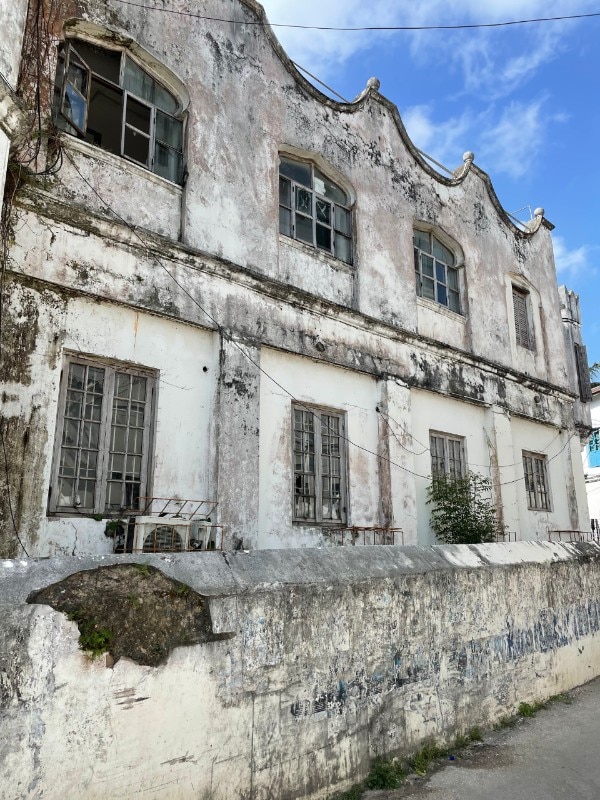
Expansion into the other side of the creek, ‘Ng’ambo’ commenced in the second half of the nineteenth century. The population consisted of different ethnic and social groups, home to merchants, freed slaves, fishermen, traders. By the advent of the British colonial rule, Ng’ambo grew into a similar size as Stone Town itself with various communities of Arab, Swahili, Indian, Persian, Comorian, Goan and Madagascan people. A rich history of residential housing developed: communities made homes in an organic city pattern developing as constellations of Swahili Houses, Omani beyts, Indian dukas. Rigorous modernist rebuilding plans under the socialist government of the late president Karume after independence gave way to “The Trains”, massive units of residential housing where middle- and low-income families still live today, a stone’s throw from the UNESCO-preserved city.
Zanzibar is a microcosm of the twentieth century. It is at once a history of architecture and at the same time, an architectural preservation history in the making.
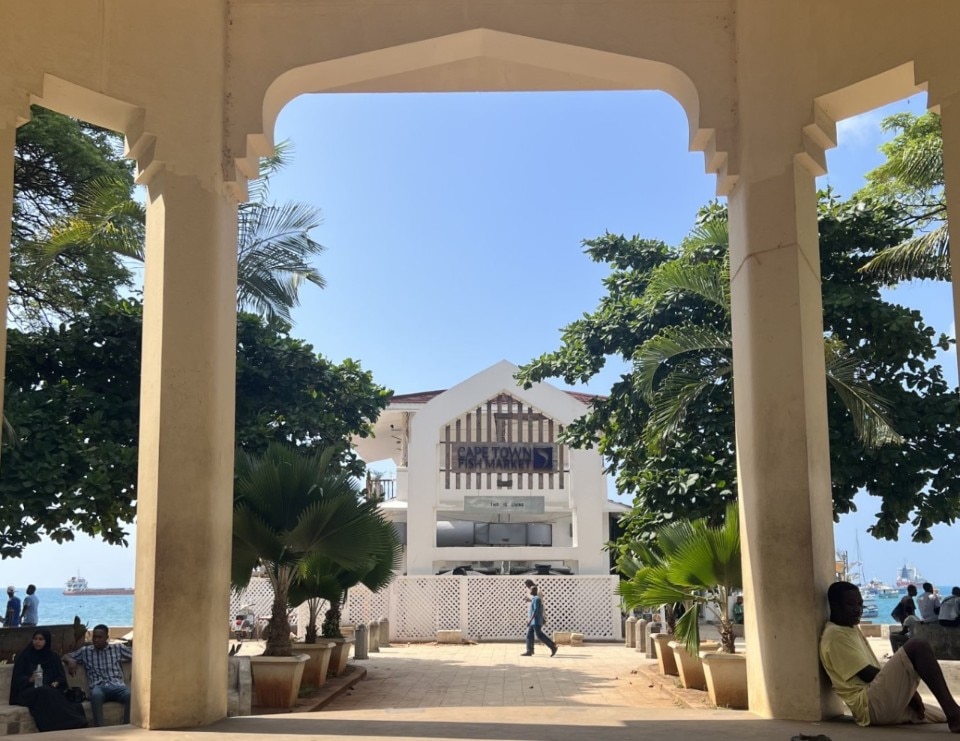
Yet, spatial, and racial division imposed by the colonial authorities as of the mid 18 th century partitioned the two sides of the urban landscape in a divide that remains embedded in present fabric of the city. Indeed, the two narratives of the colonial past—one protected by UNESCO, the other excluded from the preservation narrative, exist side by side yet never studied as one. Furthermore, while UNESCO initiatives have done much to preserve, the distinct experience and residential heritage of both indigenous forms of life and subsequent modernist developments remains little studied, considered a separate history. The study led by Aziza Chaouni aims to transform the discourse and for the first time, consider the importance of historizing modern architecture with the same level of importance as heritage dating from the colonial period.
The importance of the heritage of the urban landscape of “both sides” of Zanzibar and their reuniting is symbolically the work of complexifying the historicization of a global history of architecture, challenging the presumptions imbedded in preservation as opposed to the vernacular and post-independence legacy of African architecture. Stone Town is a methodological and discursive case study for the critical writing of twentieth-century global architectural history. The significance of this project beyond the borders of Tanzania resides in its potential to enact a critique of the limited notion of preservation all the while actively challenging the existing canon of global architecture of the twentieth century.
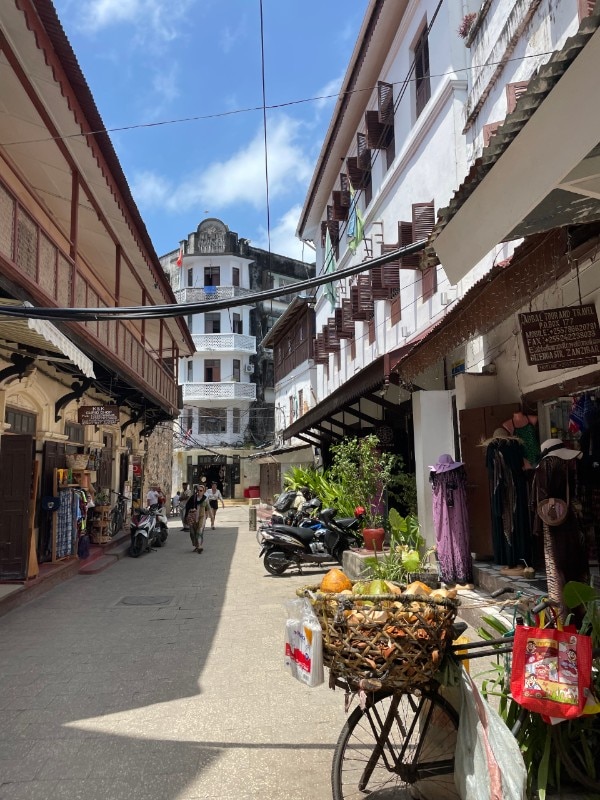
All photos by Aziza Chaouni


